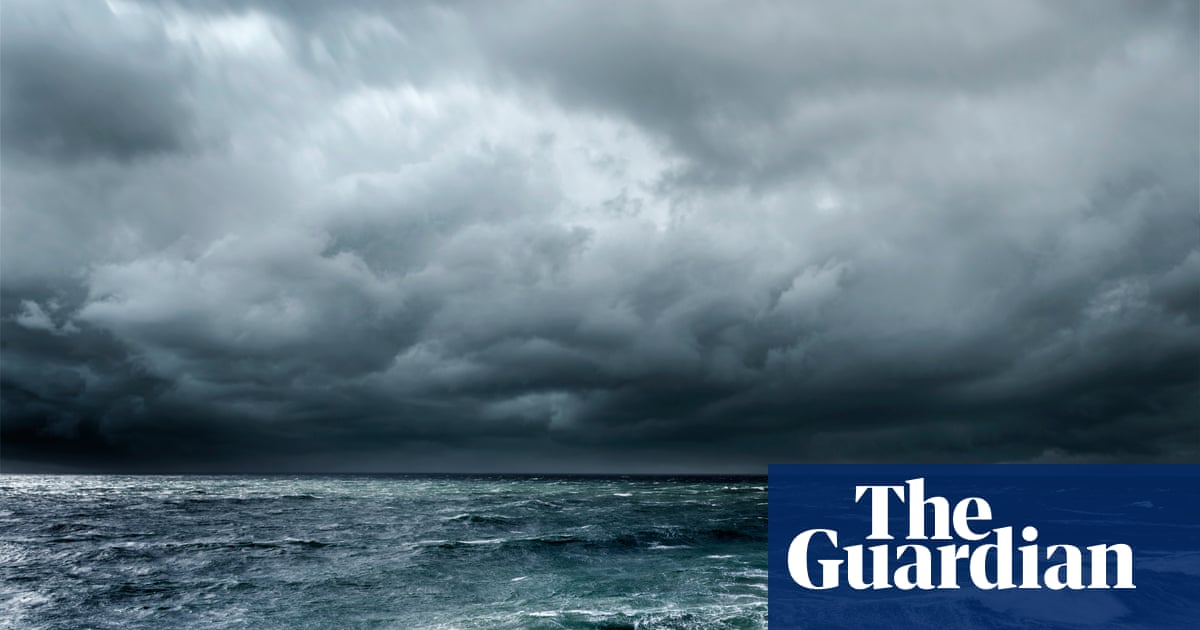The Scandies Rose fishing boat set out to sea from Kodiak, Alaska on 30 December 2019 with a crew of seven, into weather as bad as anything December could throw. “It was enough of a shitty forecast,” said one of the crew in later testimony, “I didn’t think we were going to leave that night.” At 8.35pm, fierce, frigid winds were blowing. Some boats stayed in harbour but the Scandies Rose still set out. “We knew the weather was going to be bad,” said deckhand Dean Gribble, “but the boat’s a battleship, we go through the weather.”
The boat was carrying 7,000kg of bait and was headed north towards the Bering Sea. “She was trim, said Dean, and a good boat. Gary Cobban was a good captain. One of the last jobs before departure was to stack the crab pots properly. There were 198 on board. That is a heavy load but not unusual. Each pot measured more than 2 metres by 2 metres. “Big, heavy fucking pots,” Gribble said.
The stack was huge. Gribble had to climb all over it. It was four or five pots high and with all his checking and re-checking, his legs and arms were burning. “The pots were stacked great,” said Gribble. Every row had a chain on it, “and it was tied down a lot. There were ties everywhere. They were tight.” Crab pots stacked badly could affect stability, and lack of stability can sink a boat. When the US Coast Guard had begun doing pre-departure stability checks in Alaska ports in the 1990s, fatalities and sinkings were reduced by almost 70%. Cobban expected conditions to be “icing”, and a crab pot laden with ice can weigh more than 1,000kg. “Fuck,” said Gribble. “It seemed fine.”
The crew was Gary Cobban, David, Gary’s son; the engineer, Arthur Ganacia; Brock Rainey, who had fished with Gary for 15 years or so, and Seth Rousseau-Gano. Jon Lawler was on board, and his friend Dean Gribble, who was new but only to this boat – he had been fishing since he was 11. The captain did a safety drill. This covered where the emergency position-indicating radio beacon (EPIRB) was located, how to make a mayday call, and where the fire extinguishers were. A crew member demonstrated how to put on an immersion suit. These survival suits are waterproof full-body garments with a hood and integral three-finger gloves and boots. They are bulky and hard to get on but far more likely to save your life in cold water than a lifejacket.
The Scandies Rose departed. First north-east then north-west towards the Bering Sea. The forecast looked like this: wind 15 knots, becoming SW 25 knots in the afternoon; seas 3 feet, building to 6 feet in the afternoon; freezing spray. There are many people who listen to the BBC’s Shipping Forecast because they find it soothing. That is because they are not where the weather is. There was nothing soothing about that forecast.
The first day was testing but OK. On 31 December, Gribble’s hour-long watch finished at 7.15 pm. He woke Cobban to take over and told him the boat was leaning to one side. “It wasn’t too crazy. Maybe one degree.” The wind on the forward and starboard beams was approaching 60–70 knots. On the Beaufort wind force scale, a measure of wind at sea and on land, this wind speed counts as Violent Storm and only Hurricane is stronger.
Soon the freezing spray was hitting the starboard side of the boat. “We were building ice,” says Gribble, “but again it wasn’t anything crazy.” Cobban was aware of it, and when he c
Continue Reading on The Guardian
This preview shows approximately 15% of the article. Read the full story on the publisher's website to support quality journalism.
